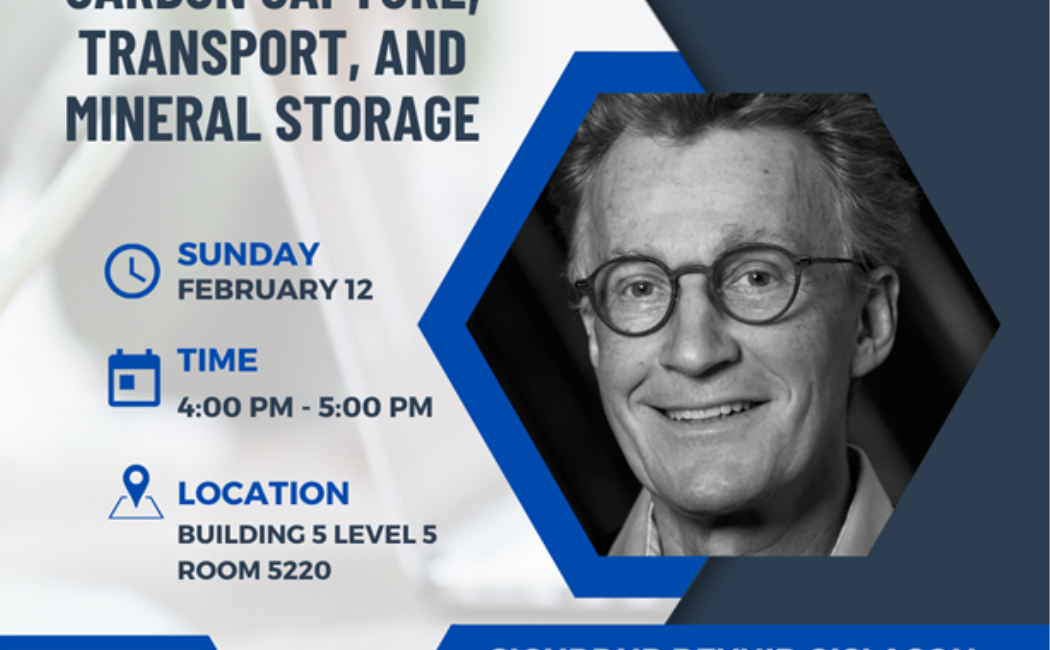.jpg?sfvrsn=1a62d0cb_0)
.jpg?sfvrsn=1a62d0cb_0)

Carbon capture, transport, and mineral storage
BIO: Sigurður Reynir Gíslason (Siggi) is a research professor at the University of Iceland. He received his Ph.D. in geochemistry from the Johns Hopkins University in 1985. He is a co-inventor of the Carbfix method and co-director of the Carbfix project from 2007-2020. He was the president and past president of the European Association of Geochemistry from 2019-2022. Sigurður has been a visiting professor at KAUST from 2022.
Abstract: The Carbfix group was an international consortium of scientists, engineers and graduate students that was founded in 2007. This group has shown that CO2 can be captured from concentrated gas streams from power plants, dissolved in water, and injected deep into basaltic rocks, where CO2 mineralizes within two years of injection. In other words, we turn CO2 into stone. This is now referred to as the “Carbfix method.” It is the safest way of storing CO2. Basalt forms the largest part of the oceanic floor and about 5% of the continents. Hence there are huge mineralization opportunities in the coastal areas of the Earth. The Carbfix method has been applied to capture and store CO2 from the Hellisheidi Power Plant in SW-Iceland since 2014. It is also applied in a direct air CO2 capture plant at the Hellisheidi site using amine capture followed by Carbfix mineral storage. More Carbfix method projects are now in preparation worldwide as I will discuss in my talk.